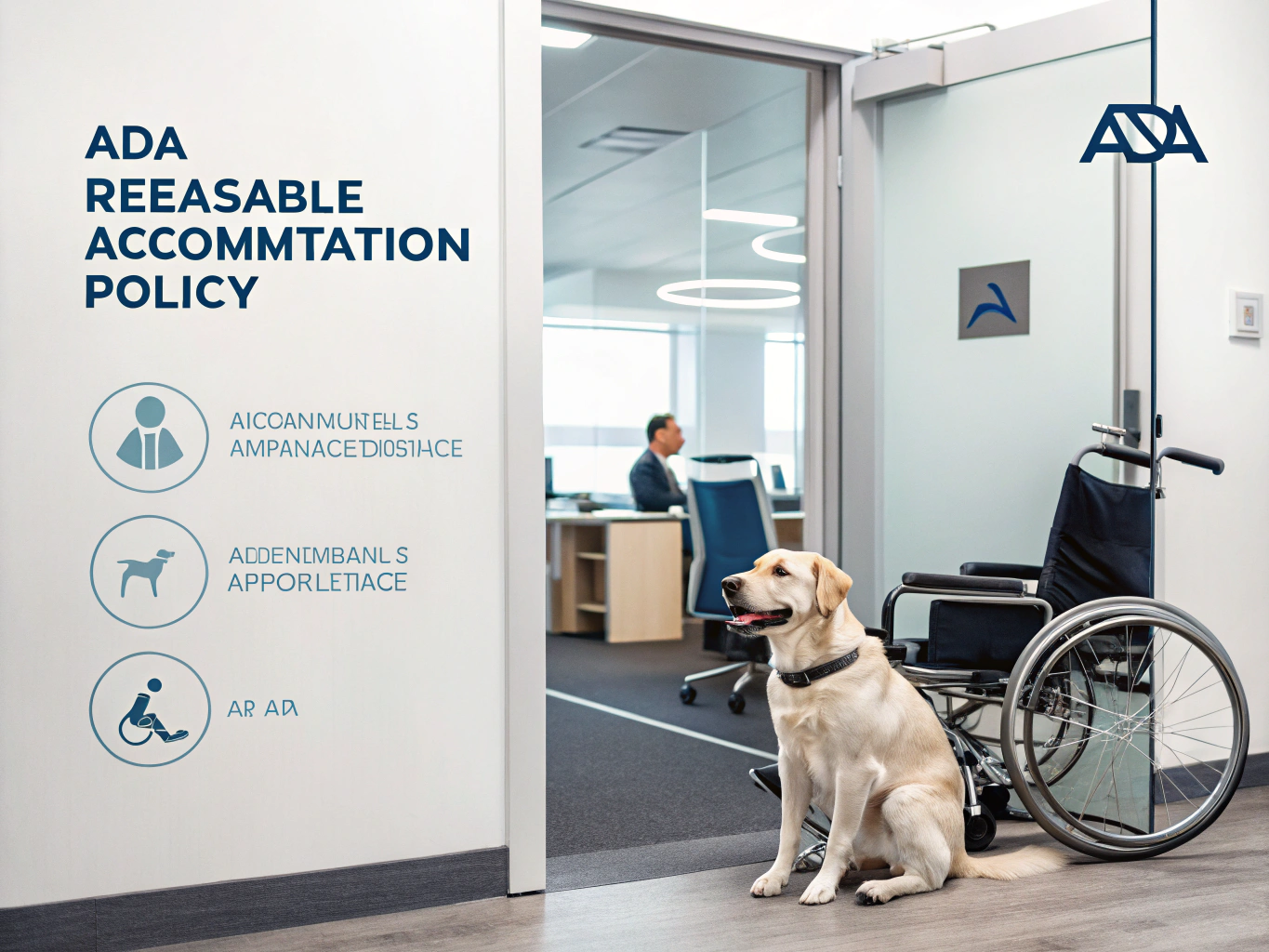Definition
The California Work-Related Accidents and Injuries Policy is a framework established to guide organizations in managing workplace incidents, ensuring employee safety and compliance with state regulations. This policy serves as a roadmap for preventing accidents, reporting injuries, and facilitating recovery, creating a culture that prioritizes worker well-being.
Key Components
Understanding the essential elements of this policy can help you create a safer work environment. Here are the key components you should be aware of:
- Accident Reporting Procedures: It is crucial that all employees know they must report any accident or injury, however minor, to their supervisor immediately. For example, if an employee trips over a loose cable, they should report it right away, ensuring that a formal incident report is completed and submitted to HR within 24 hours.
- Workers’ Compensation Coverage: California law mandates that all employees are covered by workers’ compensation insurance. If an employee sustains an injury, such as a sprained wrist from lifting a heavy box, they are entitled to medical treatment and compensation for lost wages during their recovery. HR plays a key role in guiding employees through the claims process.
- Return to Work Policy: Employees recovering from work-related injuries must obtain medical clearance before returning. For instance, if someone has undergone surgery, HR will collaborate with them and their healthcare provider to create a tailored return-to-work plan that ensures safety and accommodates any restrictions.
- Safety Training and Prevention: Regular safety training is essential. Organizations should conduct workshops on proper lifting techniques or emergency procedures. Employees should also feel empowered to report potential hazards, like a slippery floor, to prevent future accidents.
- Incident Investigation: Every reported accident should prompt a thorough investigation. This helps identify root causes and implement preventive measures. For example, if multiple slips occur in the same area, a review might lead to improved flooring or signage to mitigate risks.
Importance in the Workplace
Implementing a robust Work-Related Accidents and Injuries Policy is vital for fostering a safe workplace. Consider a scenario where a warehouse worker slips and falls due to an unmarked wet floor. If there’s a clear policy in place, the incident will be reported and investigated promptly, preventing similar occurrences and demonstrating the company’s commitment to employee safety. This not only reduces potential legal issues but also boosts employee morale and trust in the organization.
Best Practices
To effectively implement this policy, keep these best practices in mind:
- Foster a Safety Culture: Encourage employees to prioritize safety by integrating it into daily routines. For instance, start team meetings with a brief discussion on safety topics or recent incidents to keep safety top of mind.
- Regular Training Sessions: Schedule ongoing safety training to ensure that employees are up to date with safety protocols and procedures. Use real-life scenarios to make training relatable and engaging.
- Streamlined Reporting Process: Simplify the reporting process. Use digital tools or apps that allow employees to report incidents quickly and easily, reducing the likelihood of underreporting.
- Conduct Safety Audits: Regularly assess workplace safety through audits and inspections. This proactive approach helps identify and mitigate risks before they lead to accidents.
- Maintain Open Communication: Create an environment where employees feel comfortable discussing safety concerns. Regularly solicit feedback and suggestions for safety improvements.
Legal Considerations
Understanding the legal landscape surrounding the California Work-Related Accidents and Injuries Policy is essential. California’s workers’ compensation regulations dictate that employers must provide coverage to employees for job-related injuries. Failure to comply can result in significant penalties. Additionally, employers should be aware of the California Occupational Safety and Health Administration (Cal/OSHA) standards, which outline safety and health regulations that must be adhered to in the workplace.
Conclusion
In summary, having a well-defined California Work-Related Accidents and Injuries Policy is not just a legal requirement—it’s a commitment to creating a safe and supportive work environment. By understanding and implementing this policy effectively, you can protect your employees, enhance workplace morale, and minimize legal risks. Remember, safety is a shared responsibility, and together, you can foster a culture where everyone feels valued and secure.




